Report: Analysis of Hofstede's Cultural Dimensions and Their Impacts
VerifiedAdded on 2020/12/09
|6
|1273
|371
Report
AI Summary
This report provides a critical evaluation of Hofstede's cultural dimensions and their impact on organizational culture. It begins with an introduction to organizational culture and the significance of Hofstede's dimensions. The report then analyzes the dimensions of individualism/collectivism, power distance, uncertainty avoidance, and masculinity/femininity, discussing their positive and negative impacts on organizations. It includes a justification for agreeing or disagreeing with certain aspects of the dimensions, specifically focusing on individualism/collectivism and uncertainty avoidance. The report suggests building relationships with employees through various programs and empowering employees to take decisions. The conclusion summarizes the importance of organizational culture and the role of Hofstede's dimensions in achieving organizational goals, supported by references to relevant books, journals, and online resources.
1 out of 6

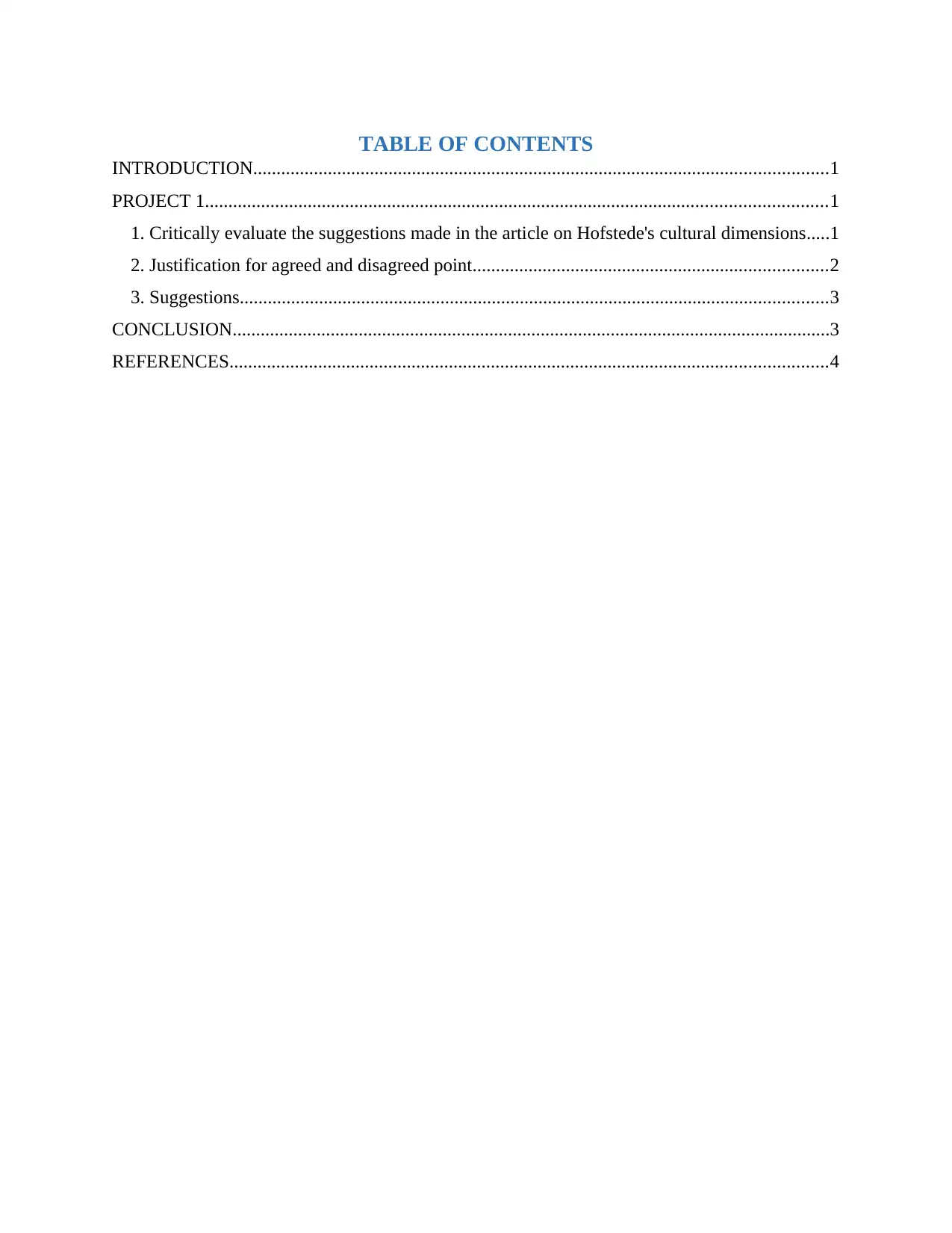
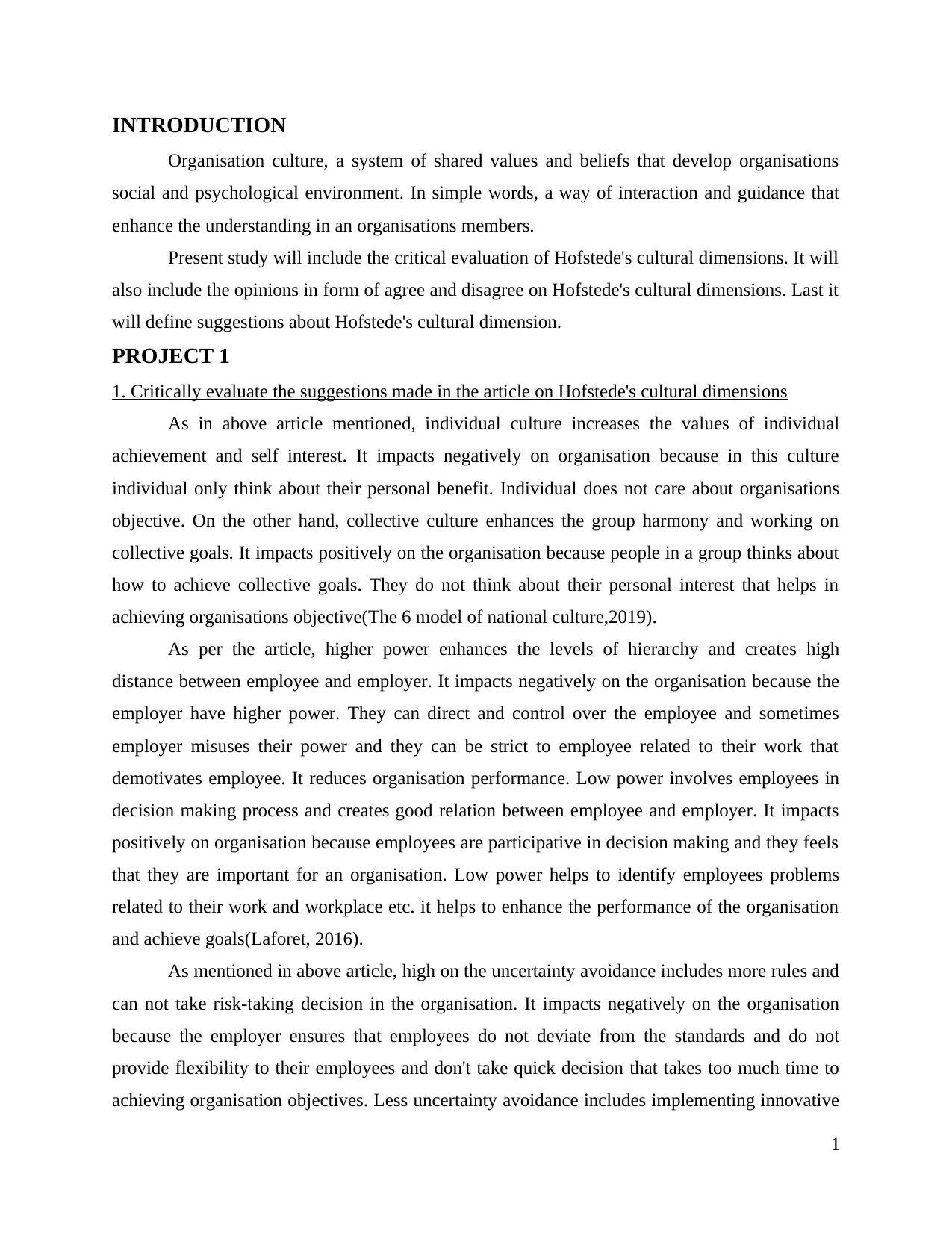
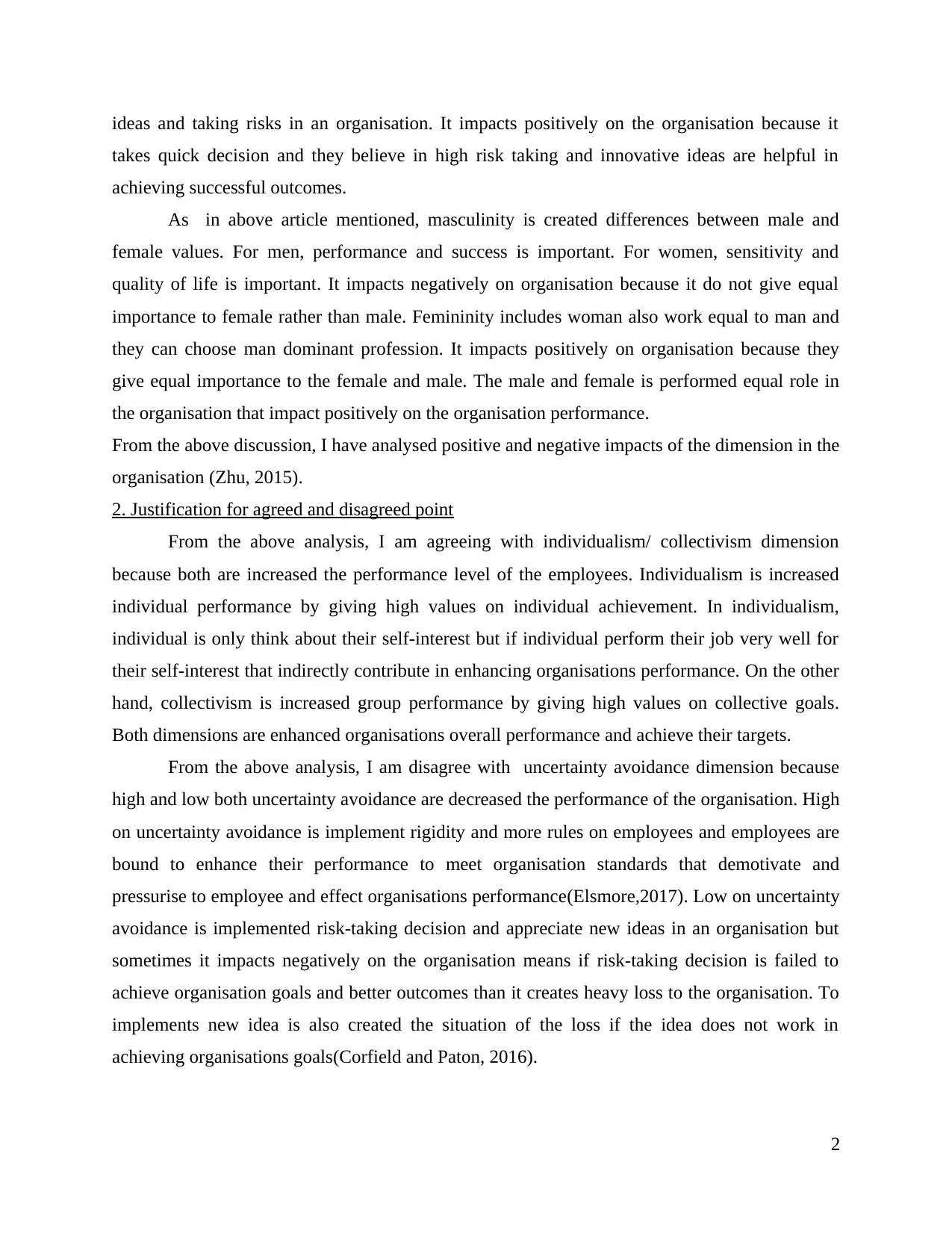
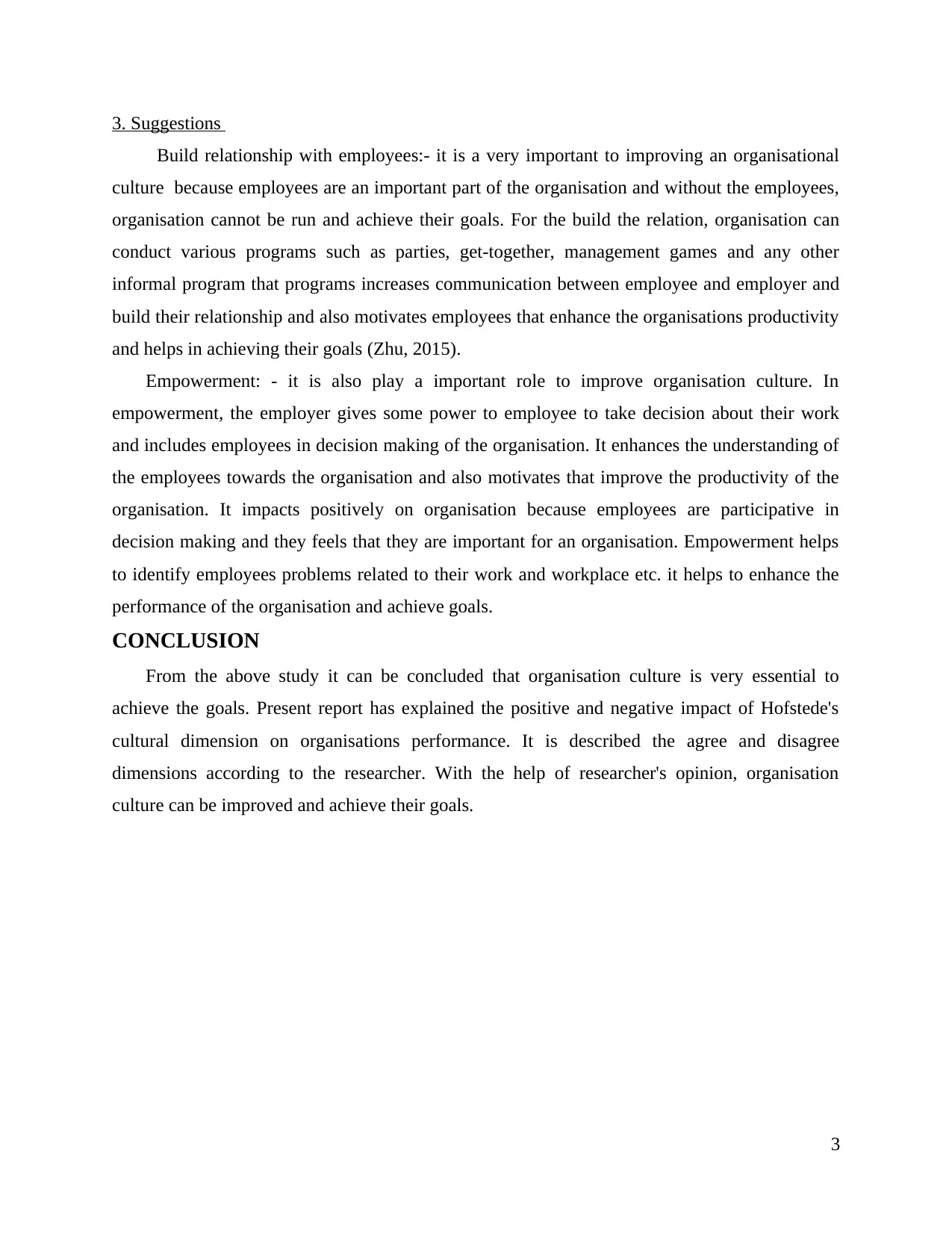
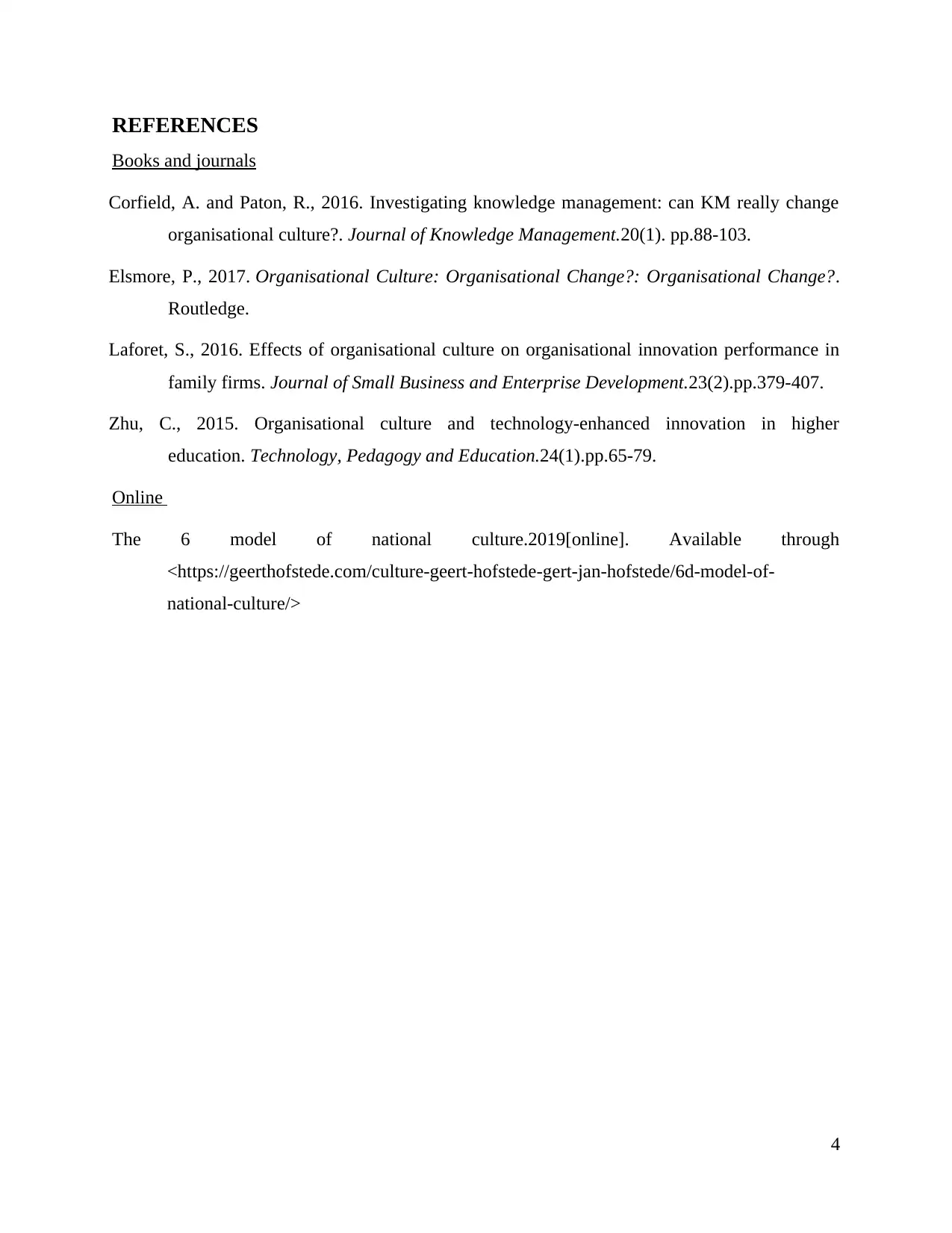






![[object Object]](/_next/static/media/star-bottom.7253800d.svg)